Introduction
Released in 1998, ESP Ra.De. marked a creative shift for Cave, best known for its military-themed bullet hell shooters like DonPachi and DoDonPachi. Instead of fighter jets and spaceships, ESP Ra.De. focused on psychic-powered characters battling futuristic enemies in urban settings. With its detailed art design, unique character abilities, and bullet-dense gameplay, it demonstrated Cave’s ability to innovate within the bullet hell subgenre. The game quickly became a fan favorite, appreciated for its distinct theme and refined scoring mechanics.
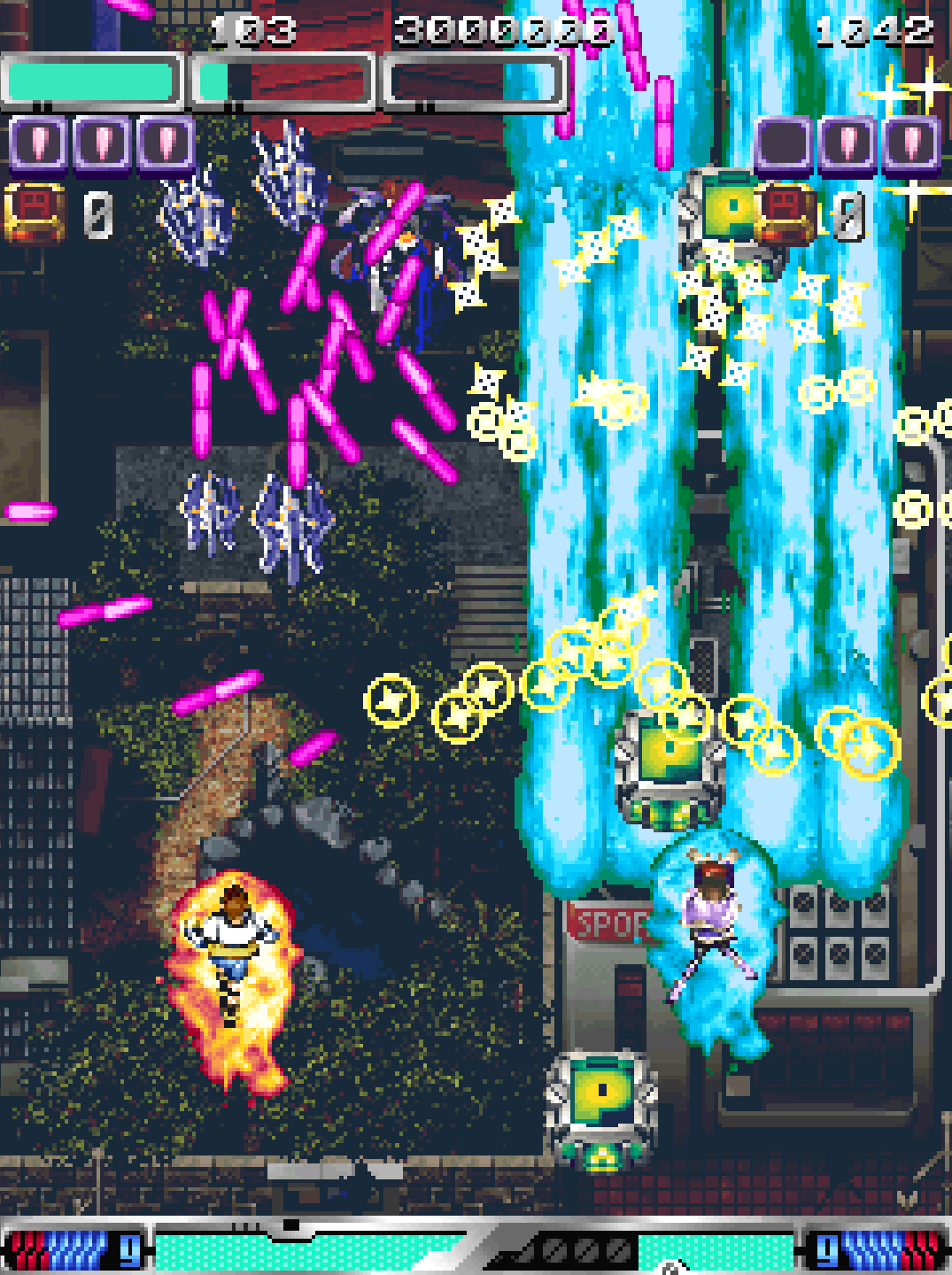
Development and History
- Developer: Cave
- Publisher: Atlus
- Release Date: 1998
Following the success of DoDonPachi, Cave wanted to experiment with fresh aesthetics and gameplay systems. Designer Junya Inoue (also known as “Joker Jun”) led the art direction, giving ESP Ra.De. a distinct manga-inspired look and focusing on superhuman characters instead of traditional aircraft. The game’s combination of psychic powers and urban environments stood out in an era dominated by military shooters, reinforcing Cave’s reputation for innovation.
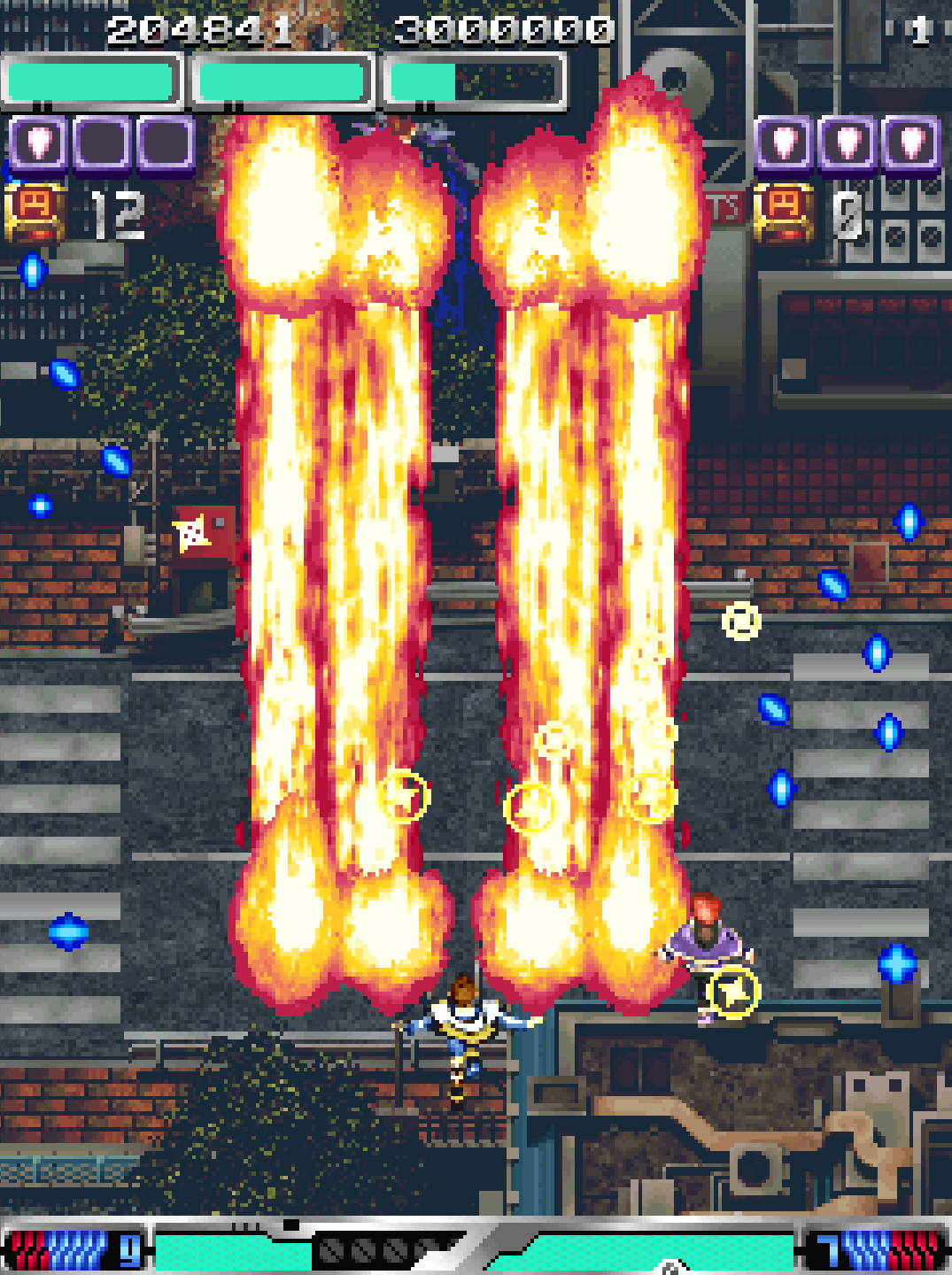
Gameplay Video
Gameplay and Mechanics
- Vertical Bullet Hell Shooter: Players control one of three psychically powered characters, each with unique attack patterns and abilities.
- Power Meter System: Instead of traditional weapon pickups, characters have psychic attacks that grow stronger as players manage an energy meter.
- Bullet-Dense Patterns: Staying true to Cave’s design philosophy, ESP Ra.De. fills the screen with intricate bullet patterns requiring precision dodging.
- Score Multipliers: Players earn high scores by chaining enemy kills and efficiently using special attacks, encouraging strategic play.
- Urban Environments: Levels take place in futuristic cityscapes rather than outer space, enhancing the game’s distinct visual style.
- Two-Player Co-op: Allows two players to team up, combining unique abilities for even more dynamic gameplay.
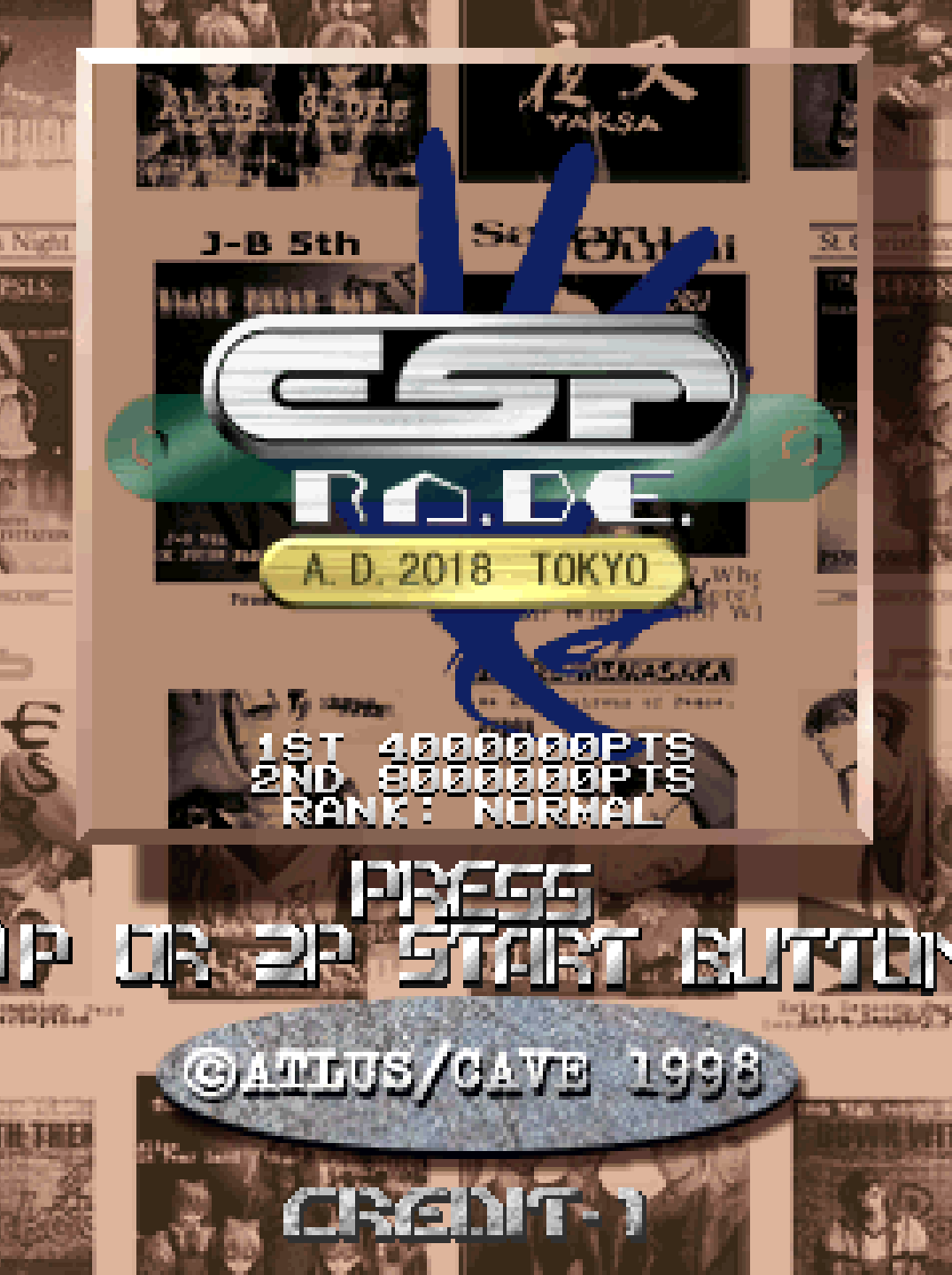
Cultural Impact and Legacy
ESP Ra.De. was praised for its unique setting, detailed character art, and engaging gameplay. It became one of Cave’s standout titles in the late 1990s, proving that bullet hell shooters could explore creative themes beyond military or sci-fi tropes. In 2019, ESP Ra.De. Ψ (Psi), an updated version with new modes and features, was released on modern platforms, introducing the game to a new generation of players. The title’s influence is seen in later Cave games like ESPgaluda and has helped sustain interest in character-driven shooters within the genre.
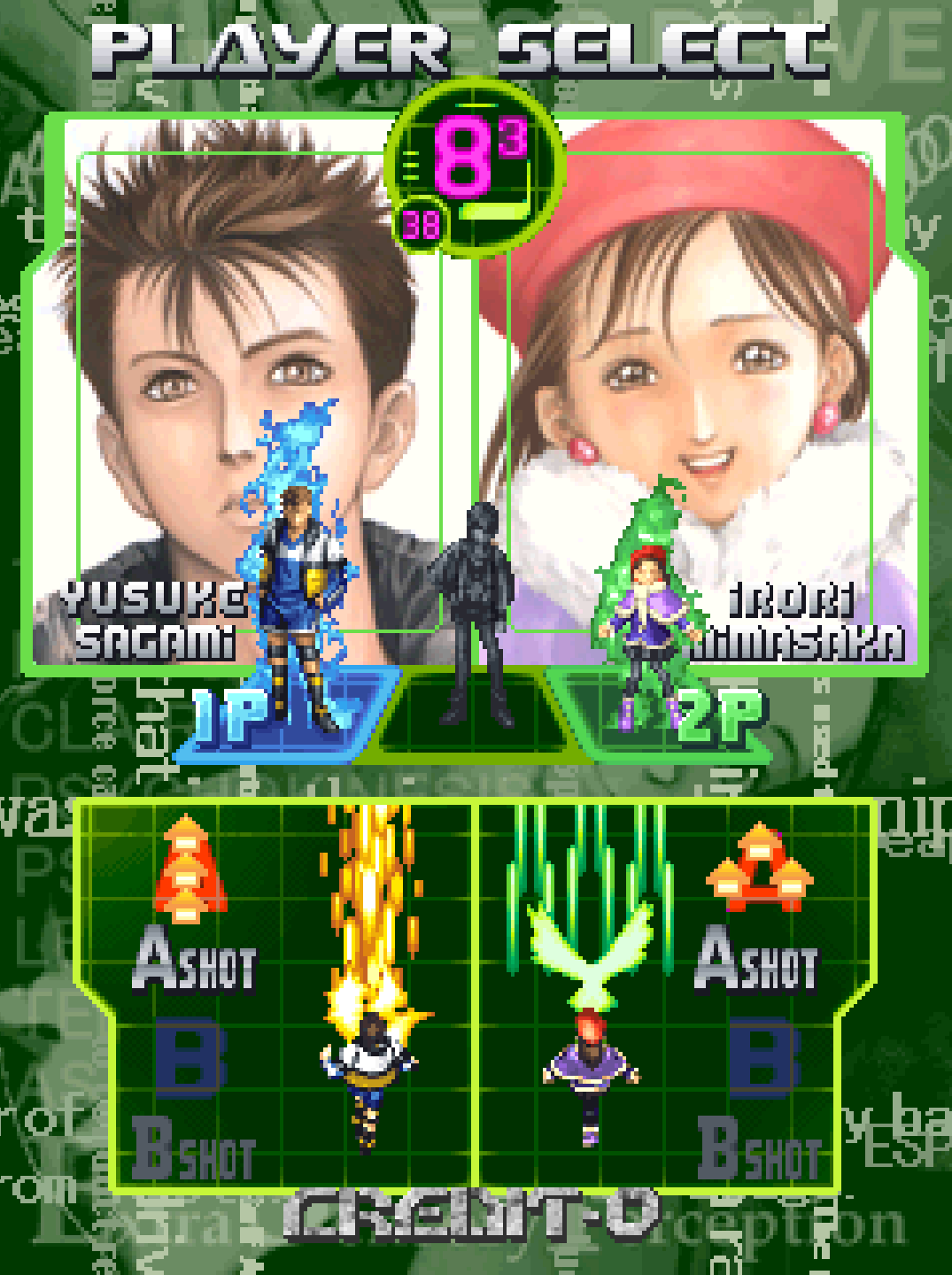
Fun Facts
- ESP Ra.De. was Cave’s first shooter to feature human characters instead of ships or tanks.
- The game’s distinctive art style came from designer Junya Inoue, who later worked on ESPgaluda and Deathsmiles.
- The 2019 ESP Ra.De. Ψ re-release included quality-of-life features like practice modes and arranged soundtracks.
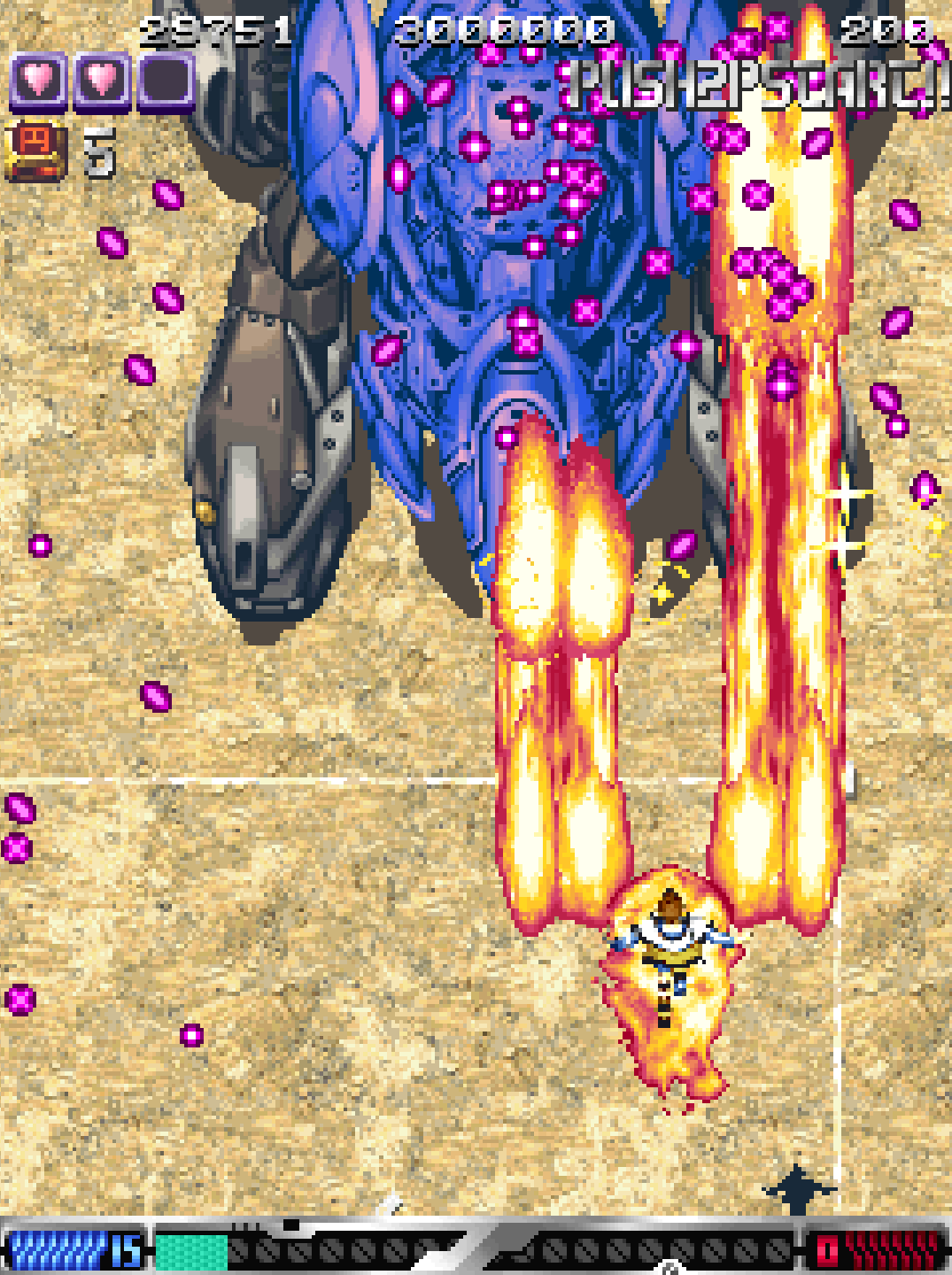
Conclusion
ESP Ra.De. showcased Cave’s willingness to innovate, delivering a bullet hell experience that was both familiar and fresh. By replacing aircraft with psychic-powered humans and emphasizing stylish urban environments, it stood out in a crowded shooter market. Its legacy continues through sequels and remakes, solidifying its place as one of Cave’s most creative and enduring arcade titles.
Want to Go Deeper Into Arcade History?
If this game left you craving more, dive into the complete stories behind some of the most iconic arcade genres and franchises. These articles explore the rise, innovation, and legacy of the games that shaped arcade culture:
- Top 25 Hidden Gem Arcade Games of All Time - Unearth the overlooked classics that still shine bright for arcade enthusiasts today
- Top 25 Beat ’Em Up Arcade Games of All Time – Discover the ultimate ranking of the greatest beat ’em ups ever to hit arcades
- The History of Beat ’Em Up Arcade Games – From Double Dragon to Final Fight, here’s how brawlers ruled the late ’80s.
- Donkey Kong’s Rise to Fame: How a Desperate Bet Created a Gaming Legend – The untold story of how Nintendo turned failure into a global icon, launching Mario, Miyamoto, and a new era of arcade storytelling
- The Economics of Arcade Gaming: The Golden Age of Coin-Op – This article explores the full arc of arcade economics: the explosive rise, the industry-shaking crash, and the waves of reinvention that kept the business alive
- The Complete History of Mortal Kombat Arcade – How a gritty fighter became a pop culture phenomenon.

